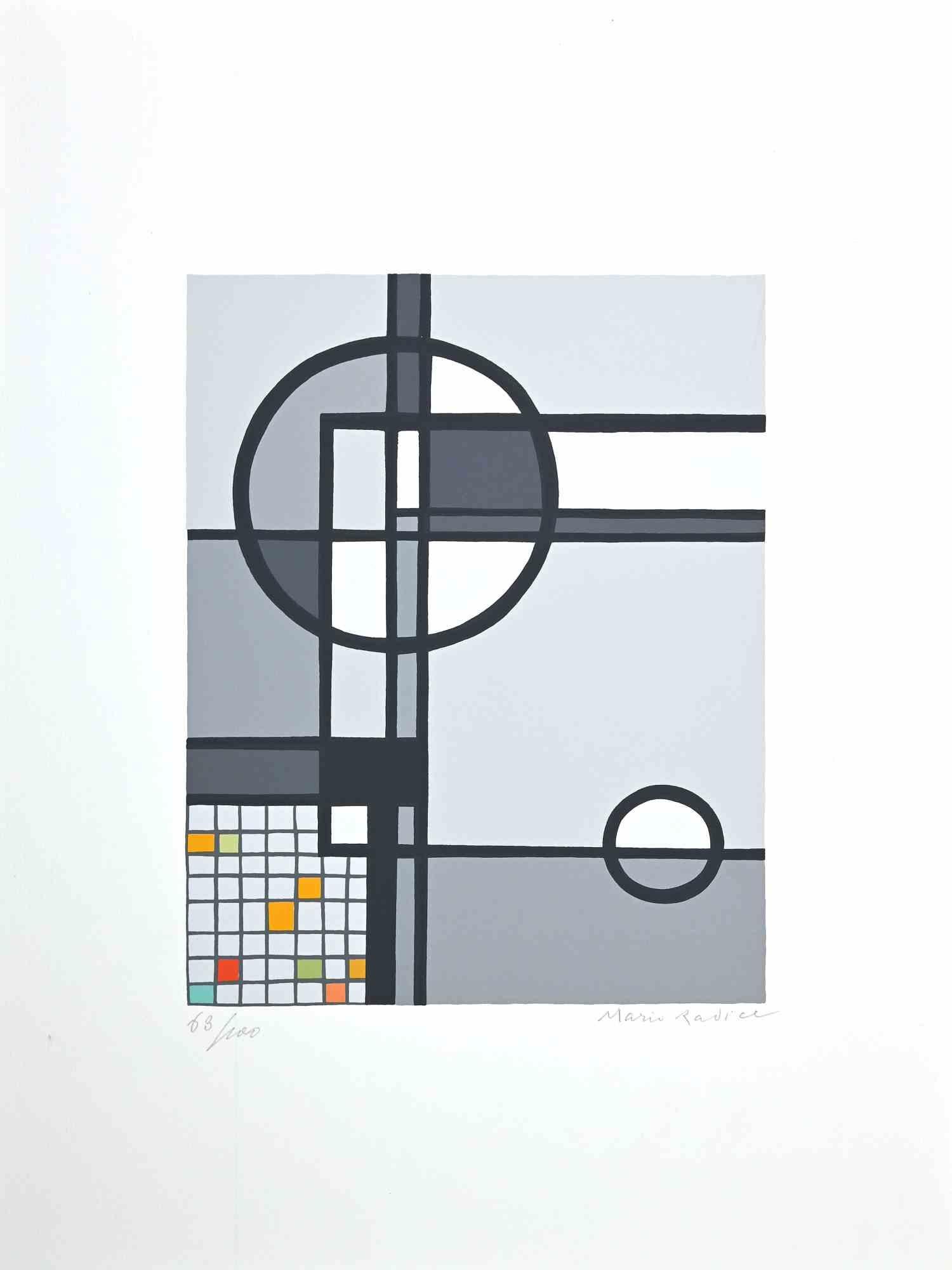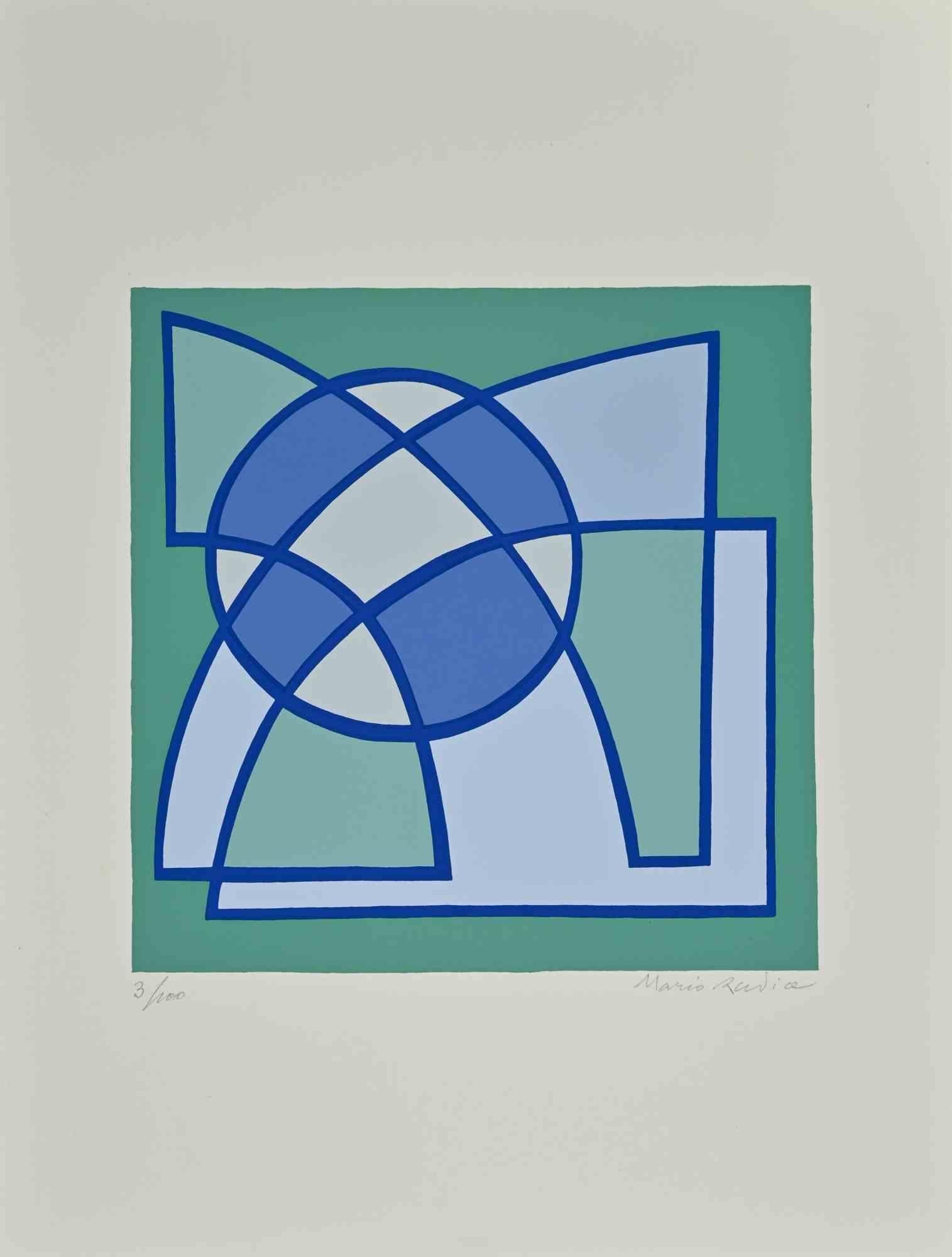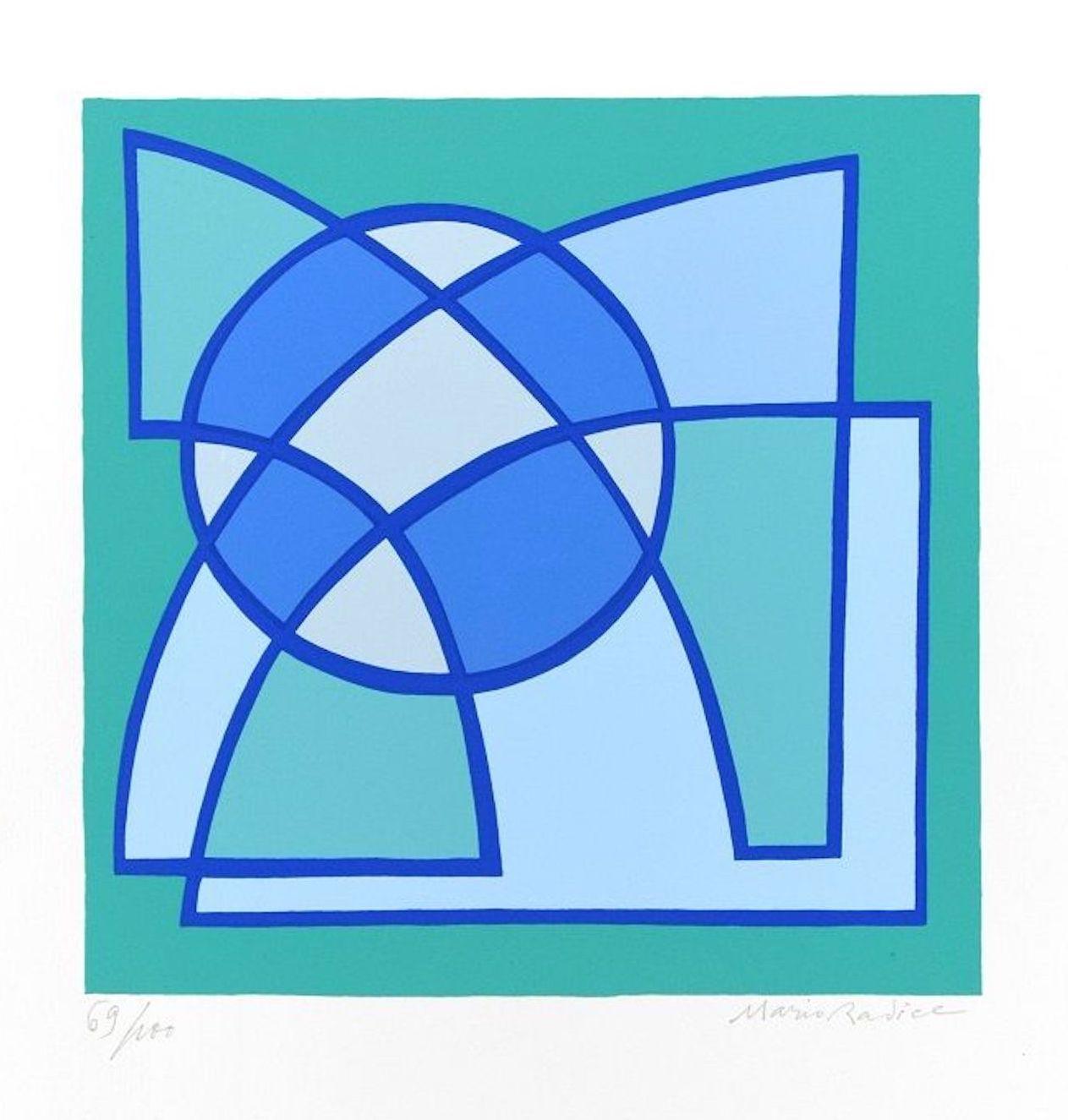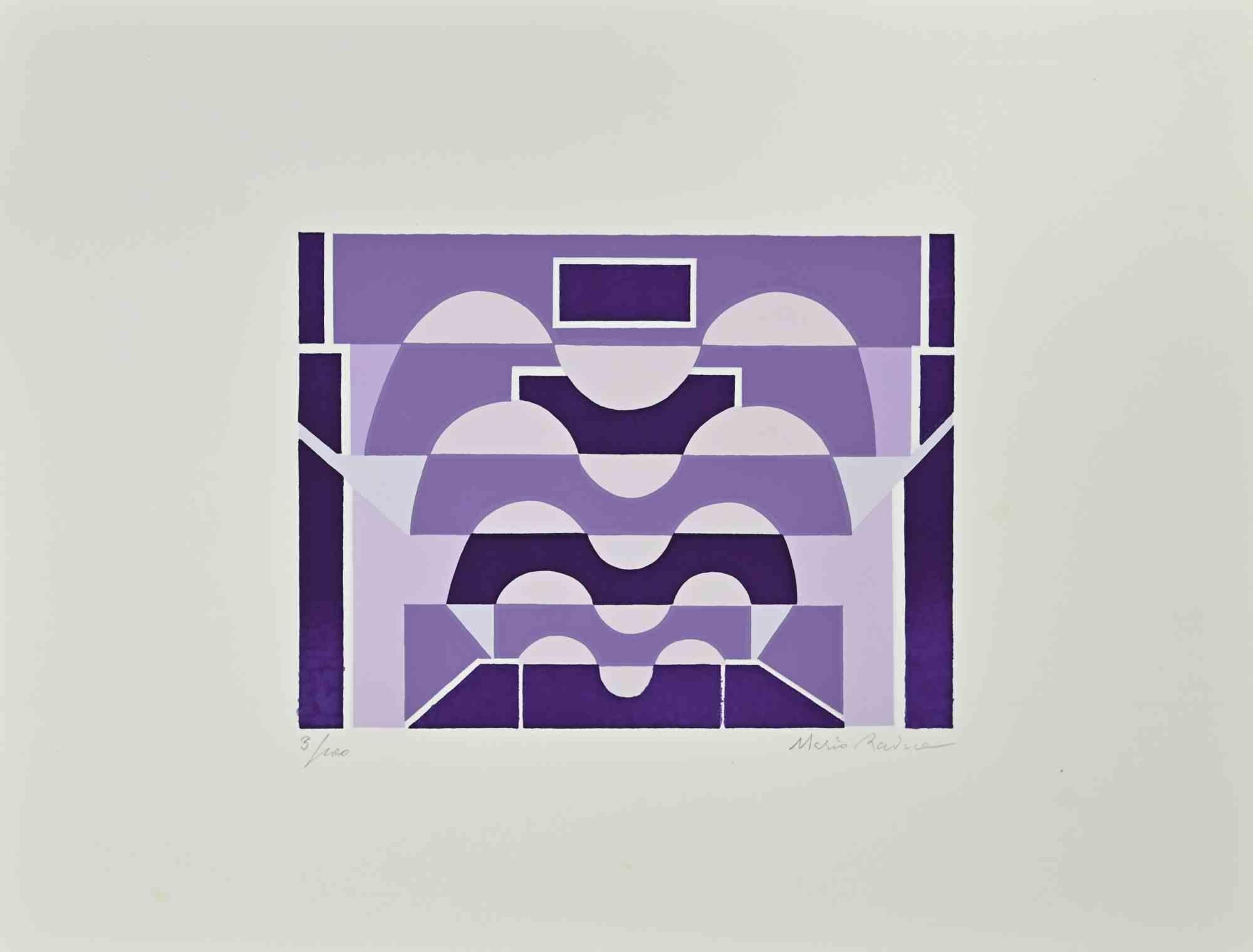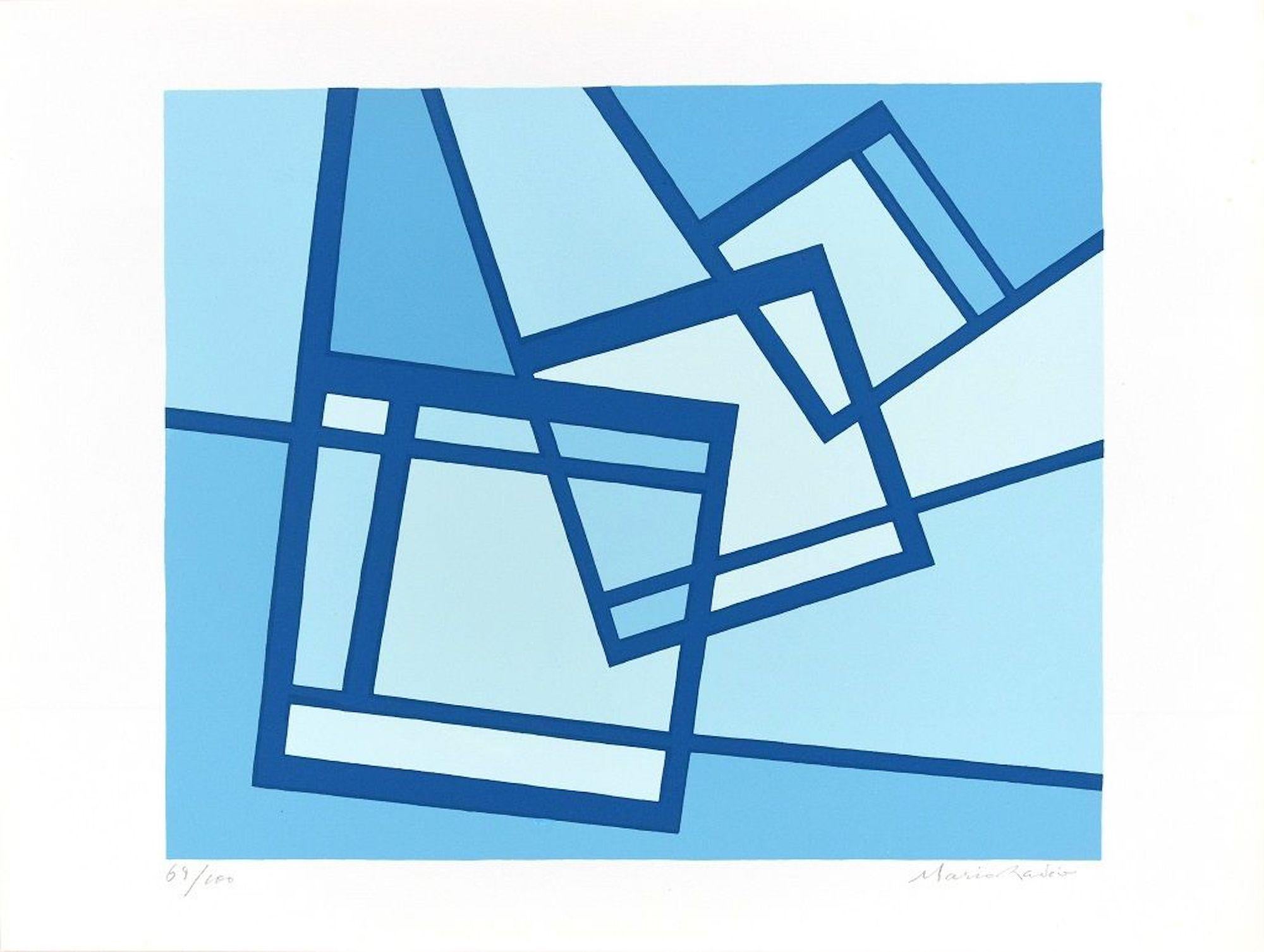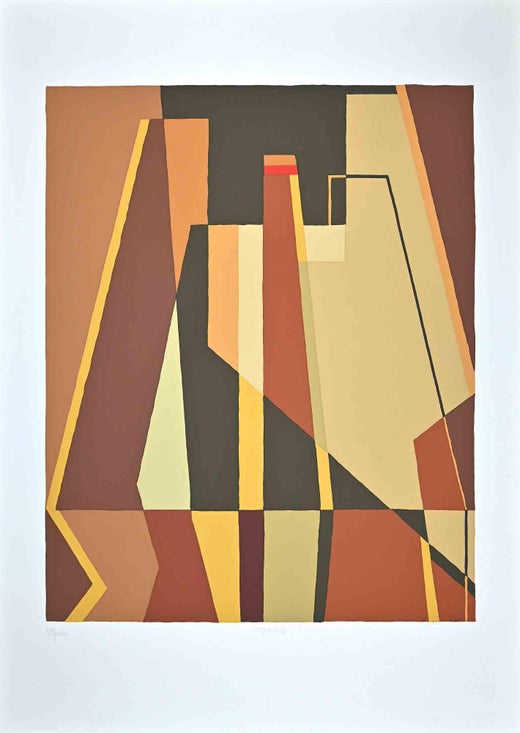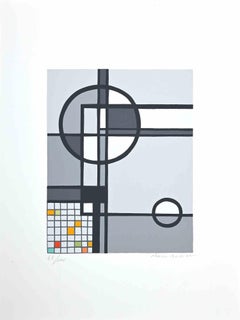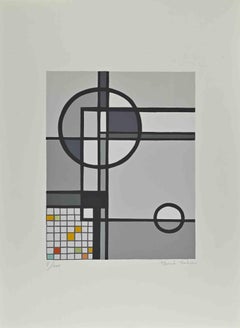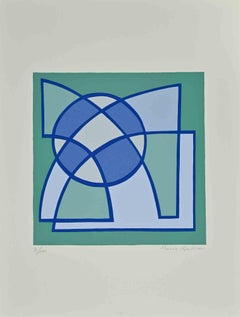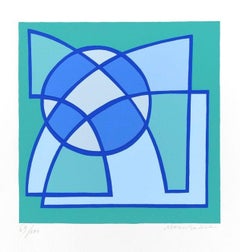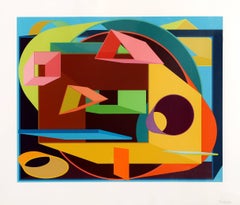Mario RadiceSong of the Afternoon - Screen Print by Mario Radice - 19641964
1964
About the Item
- Creator:Mario Radice (1898 - 1987, Italian)
- Creation Year:1964
- Dimensions:Height: 17.33 in (44 cm)Width: 13 in (33 cm)Depth: 0.04 in (1 mm)
- Medium:
- Movement & Style:
- Period:
- Condition:Insurance may be requested by customers as additional service, contact us for more information.
- Gallery Location:Roma, IT
- Reference Number:Seller: M-1024861stDibs: LU65034741781
Mario Radice
The Italian painter Mario Radice was considered one of the leaders of abstract art. He began his artistic training with painter Achille Zambelli and sculptor Pietro Clerici. After a military parenthesis and a job as an accountant for a railway company, Radice attended his uncle Guido Vitali, general manager of the paper mills in Fabriano, and thus became familiar with the qualities of the paper and soon founded the company Mario Radice & C., based in Bergamo. In February 1930, settling in Como and deciding to devote himself exclusively to painting, he cultivated his first studio in Como on Via delle Cinque Giornate, shared with Rho. Their fellowship, which was joined by the younger Giuseppe Terragni, formed the first nucleus of the so-called Como Group, a group of personalities oriented towards the renewal of the arts and architecture — as far from the liberty as from the Novecento style — operating between Como and Milan in the name of a fruitful international opening. He also designed furniture for the firm Augusto and Filippo Proserpio of Mariano Comense, obtaining the first prize in 1933 at the National Craft Show in Florence. He was one of the founders of the Quadrante publishing company and of the magazine of the same name, directed by Massimo Bontempelli and Pier Maria Bardi and close to the Il Milione gallery. Between 1939 and 1943, he worked hard on investigations and projects for modern and functional churches, but the impressive project was interrupted by the death of Cattaneo. In the ‘40s, he was an almost permanent guest at the Venice International Biennale and collaborated in the foundation of the Concrete Art Movement. In the meantime, he also engaged in the activity of art critic for some newspapers and held private drawing lessons and his life continued in continuous successes and tireless work.
- ShippingRetrieving quote...Shipping from: Monaco, Monaco
- Return Policy
More From This Seller
View All1960s Abstract Abstract Prints
Screen
1960s Abstract Abstract Prints
Screen
1960s Abstract Abstract Prints
Screen
1960s Abstract Abstract Prints
Screen
1960s Abstract Abstract Prints
Screen
1960s Abstract Abstract Prints
Screen
You May Also Like
1970s Abstract Geometric Abstract Prints
Screen
1970s De Stijl Abstract Prints
Screen
1970s Abstract Geometric Abstract Prints
Screen
1990s Abstract Geometric Abstract Prints
Screen
1970s Abstract Geometric Abstract Prints
Screen
1970s Abstract Geometric Abstract Prints
Screen
